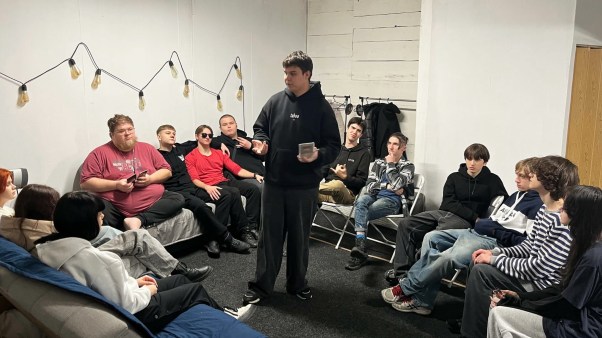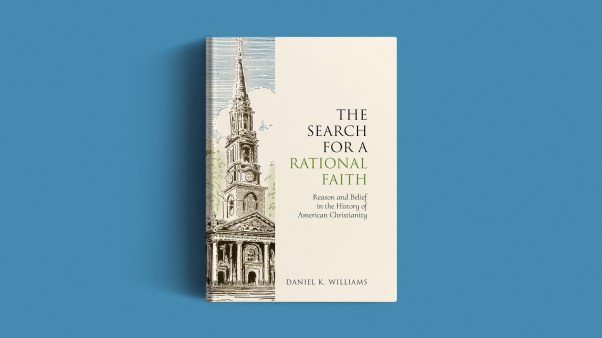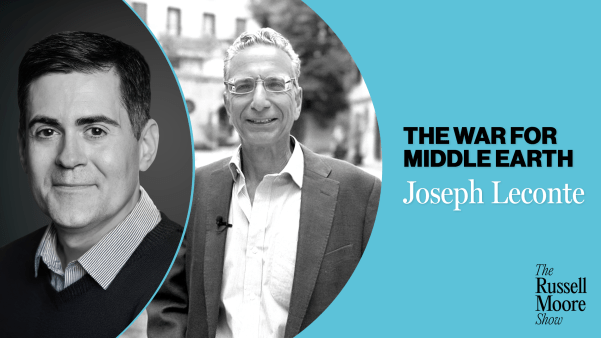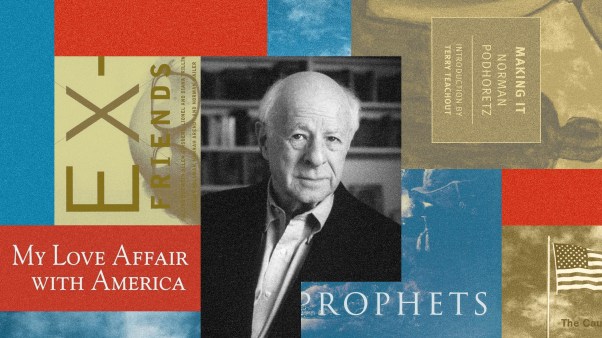• INTELLECTUM VERO VALDE AMA • Greatly love the intellect
—Augustine
The cover image for this issue is taken from a wonderful book called Western Amerykanski: Polish Poster Art and the Western, edited by Kevin Mulroy (Univ. of Washington Press, $60, hardcover; $40, paper). Poland and the Western? Absolutely. The posters Mulroy has assembled date from the 1940s to the 1970s, and reflect the influence of American movies, but as Czeslaw Milosz observes in Emperor of the Earth: Modes of Eccentric Vision (Univ. of California Press, 1977), earlier generations of young readers in Poland—and throughout Europe—drank deeply from the Western fictions of Thomas Mayne Reid and Karl May. Indeed, to a degree difficult to imagine for people born in the last 30 years or so, the American West was for more than a century a seemingly inexhaustible stimulus to the global imagination.
That story—the impact of the American West and the Western outside the United States—is only one of dozens of potential topics not covered in this issue’s special section, “The New Western History”. When Lauren Winner—who coedited the section—and I sat at a table in Starbucks in August of 1999 and began to plan, we quickly came up with enough subjects for two or three whole issues, and we were just getting started. What you have, then, is not the Whole Story or anything like it, nor do we feel that having given such concentrated attention to the West we will have done with it, at least for the time being. On the contrary. (Look, for example, for a forthcoming special section on matters Indian, or Native American, parts of which could have been included here.)
The American West is preeminently what Hugh Kenner calls “an Elsewhere Community” (see his new book from Oxford University Press, The Elsewhere Community; see also an upcoming interview with Kenner at www.BooksAndCulture.com): a place to which people have flocked for all manner of reasons, but perhaps most fundamentally because there’s a deep human need—not universal, it’s true, but certainly primeval—to go Elsewhere.
One image of Elsewhere is Arcadia, or Arcady, an earthly paradise. This region of Greece, somewhat isolated, was reputed in ancient times to be the home of a happy people whose pastoral existence contrasted even then with the hubbub and strife of their conveniently distant neighbors. In the megalopolis that extends from Los Angeles, and right next to Pasadena, where my wife and I lived for more than 20 years before coming to the Midwest six years ago, there is a city hopefully called Arcadia.
The illustrations for the special section in this issue (except for the cover) are all taken from a book that documents the history of such hopefulness: Pacific Arcadia: Images of California, 1600-1915, by Claire Perry (Oxford Univ. Press, $65, hardcover; $25, paper). This splendidly illustrated book served as the catalogue for an exhibition that opened at Stanford University’s Cantor Center for the Visual Arts in 1999 and then toured to other sites. A CD-rom, Images of California, 1600-1915, is also available from the Cantor Center.
As Perry’s text reminds us, people who came to this Elsewhere Community often had visited it first imaginatively, via books and magazines, paintings and photographs and songs, and—not least—advertisements. What they found was often quite different from what they had imagined, but the imaginative conceptions they brought with them also shaped what they found.
Even today, with parking lots in place of orange groves, this Elsewhere beckons as a kind of Arcadia to people south of the border. If frontiers are “what happens when cultures meet,” then Preston Jones (“The Last Frontier“) is right: new frontiers are springing up all around us.
Copyright © 2000 by the author or Christianity Today/Books & Culture Magazine. Click here for reprint information on Books & Culture.









